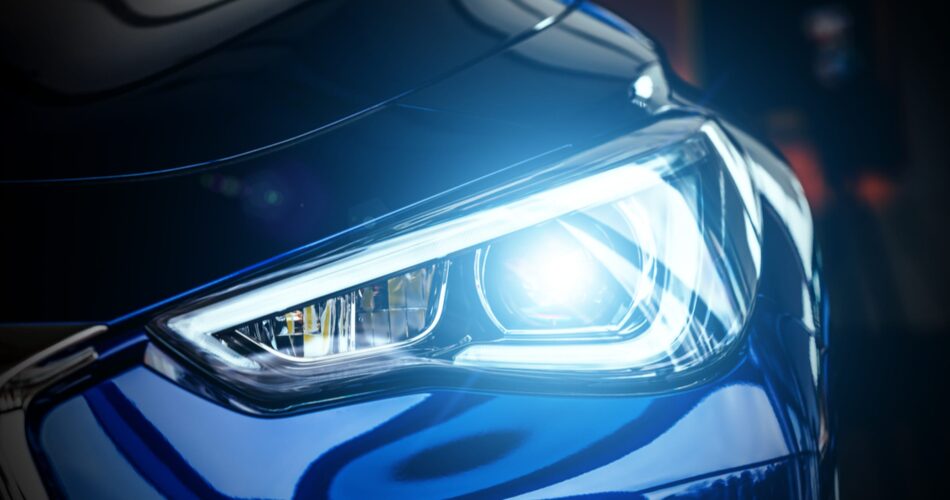
Adaptive Driving Beams are finally coming to the United States, as the National Highway and Traffic Safety Administration (NHTSA) announced a final ruling that lets automakers add them to cars.
In the ruling, the NHTSA said, “This document amends NHTSA’s lighting standard to permit the certification of adaptive driving beam (ADB) headlamps. ADB headlamps utilize technology that actively modifies a vehicle’s headlamp beams to provide more illumination while not glaring other
vehicles. The requirements adopted today are intended to amend the lighting standard to permit
this technology and establish performance requirements for these systems to ensure that they
operate safely.”
The rules previously stated that vehicles needed to have binary lights that switched between high and low beams in the US. Adaptive Driving Beams, which are now legal, feature a range of levels that can adapt to specific driving conditions based on the current situation.
These more modern headlights have automated beamforming, which is controlled by a computer that aims lights in different directions. These could allow them to cast brighter lights right in front of the car while dimming them on the sides to not blind oncoming drivers as much.
The key stumbling block for getting these smart headlights approved was that the NHTSA wanted to ensure they wouldn’t be brighter than current lower beams. After testing, it appears that Adaptive Driving Beams are better at not blinding oncoming drivers, leading to their approval.
It’ll take some time before we see cars in the US with these headlights, but this is an excellent step in the direction of getting safer lights on the road.
Source link



